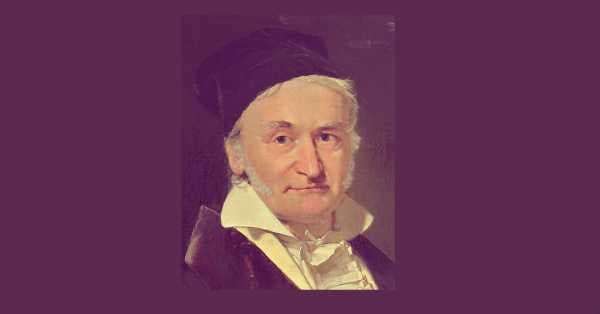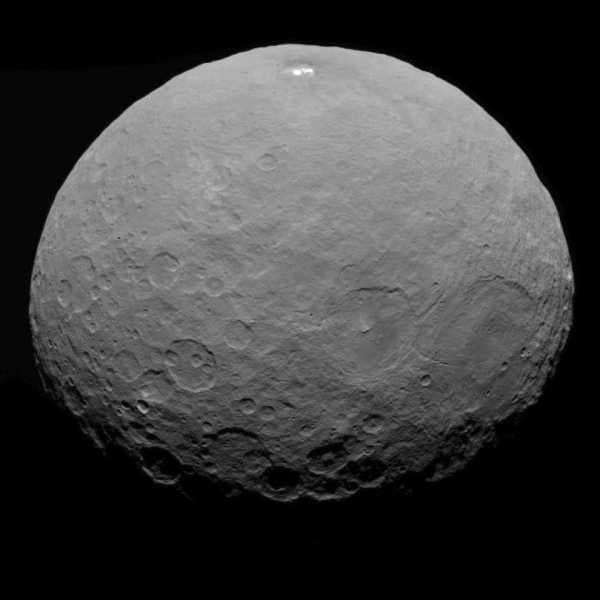
Soon after the dwarf planet Ceres was discovered in 1801, it was lost. The massive object within the asteroid belt between Mars and Jupiter had traveled behind the sun, but astronomers hadn’t had a chance to calculate its orbit. Enter Johann Carl Friedrich Gauß (or Gauss), who used math to find the lost Ceres and is honored today with a Google Doodle on what would be his 241st birthday.
Born in 1777 in Germany, Gauss quickly rose to become one of the most prominent mathematicians of his time — and was sometimes called “the prince of mathematics.” As a child, Gauss impressed teachers with his ability to add every single number from 1 to 100 in an instant. And by age 24, when he found the lost Ceres, he had already discovered that any 17-sided figure with sides of equal length could be sketched with just a ruler and compass. (This is more significant than it might seem: The discovery rested on some very tricky math uniting algebra and geometry.) He had also completed an impressive doctoral dissertation on a proof of the fundamental theorem of algebra.
The discovery of Ceres was important. Back in the 1500s, Johannes Kepler himself was mystified by the lack of a planet between Mars and Jupiter. The gap was so large, it was said to have “offended Kepler’s sense of proportion.” Ceres helped validate Kepler’s suspicion that there was a planetary body inside that gap.
When Ceres was lost behind the sun, Gauss did some quick math to find it. Giuseppe Piazzi, the Italian monk who discovered Ceres, had only observed it for 41 days before falling ill and losing it in the brightness of the sun. Imagine seeing a tiny sliver of a line and being asked to draw the ellipse that line was a part of — that was the mathematical challenge.
Gauss took it on, writing that the problem of orbiting celestial bodies “commended itself to mathematicians by its difficulty and elegance.” He saw a profound importance in the work of “discovering in the heavens this planetary atom, among innumerable small stars.”
The math here is so tricky because Gauss only had observations of Ceres’s motion in relation to the Earth. To figure out its orbit, he needed to deduce Ceres’s motion in relation to the sun. A 1978 history of Gauss’s work explained what he did:
French astronomers rediscovered Ceres in January 1802, looking where Gauss predicted it would be.

After his feat with Ceres, Gauss continued to make impressive findings in math, physics, and astronomy. In statistics, he introduced the world to the idea of the normal distribution (the bell curve). And he contributed to research in electricity and magnetism that led to the invention of the telegraph.
Gauss, who died in 1855, was a rare genius who contributed to discoveries both in the skies above and for our everyday lives.
Sourse: vox.com






